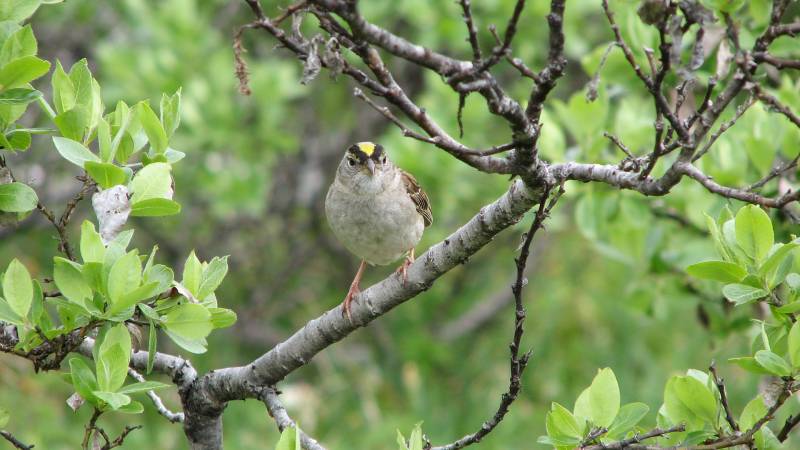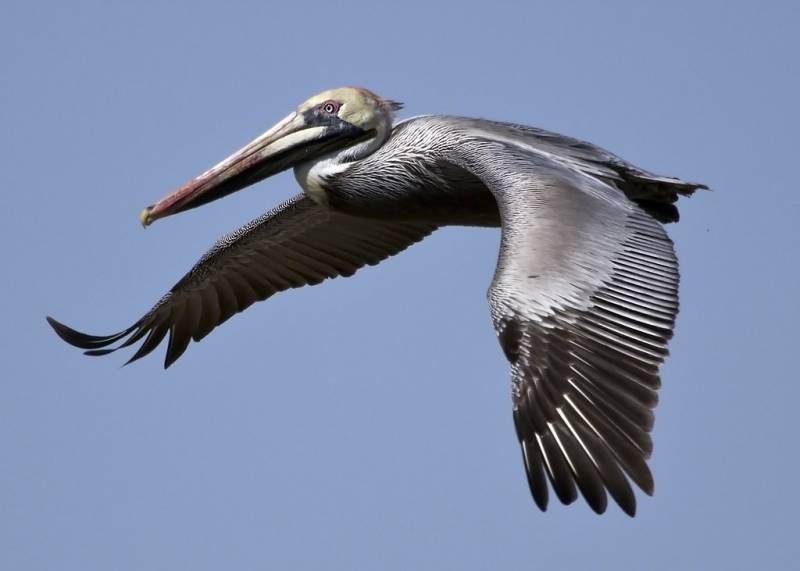This was written before the Bay Area's COVID-19 shelter-in-place order, but if you maintain social distance, limit your travel and choose spots which aren't experiencing closures during the order, there's no reason you can't still enjoy some birding right now!
Earlier this year, I lost my phone on BART. Ever since, I’ve been on an unplanned digital detox. I’ve learned that there are things other than Spotify's Your Top Songs 2019 that are interesting to listen to while walking around. Among them: the different bird calls that vary from place to place. It all kind of happened by accident, but yep, I'm a birder now.
“What amazed and humbled me about bird-watching was the way it changed the granularity of my perception, which had been pretty 'low-res,'” writes "How To Do Nothing" author Jenny Odell.
I can’t say that I’m experiencing “high-def” perception quite yet, but I’m hoping to get there someday. Here’s a (very, very early) beginner’s guide on how to bird watch around the Bay Area. Let’s learn together!
Equipment
All you need to get started is a notebook, pair of binoculars, a field guide and a birding app. eBird is an app developed by Cornell University that crowdsources information on where to find birds, but there are many other apps to choose from. The Audubon Society’s website also has a list of guides on how to build your own birding kit on a variety of budgets.
How to watch
Most of the advice I read was to be expected: the Bird Watcher’s Digest recommends being quiet, avoiding sudden movements, looking at exposed perches and being patient.
There were a few unexpected tips: you should avoid wearing brightly colored clothing, because it enhances the appearance of movement and frighten birds away. And if you’re really not having any luck, try pishing – making noises that small, curious birds will come out to investigate. To do it, you can blow air through your teeth or kiss the back of your hand.







